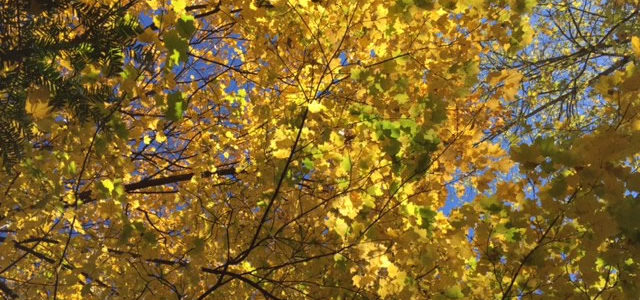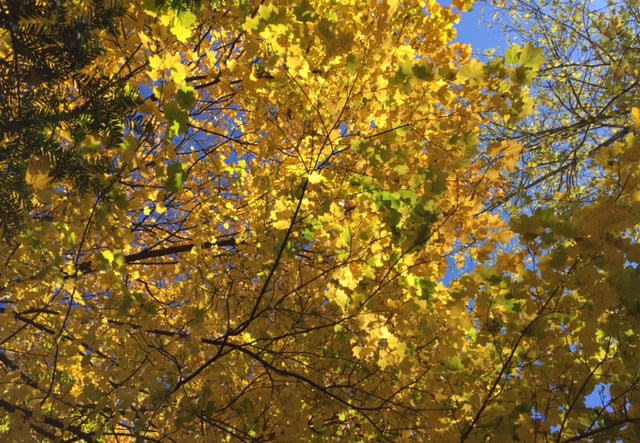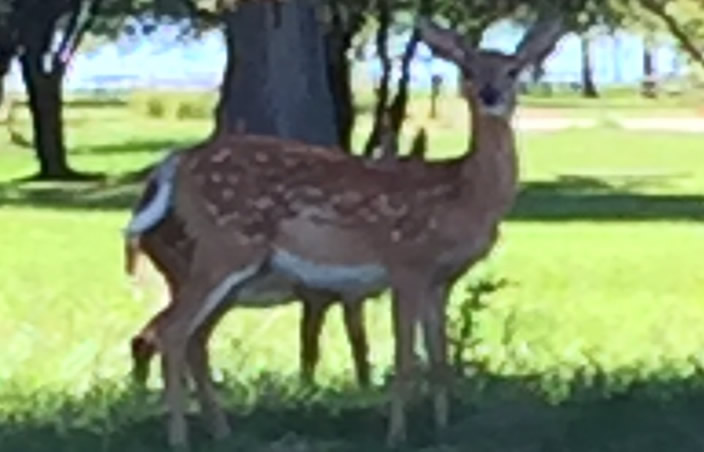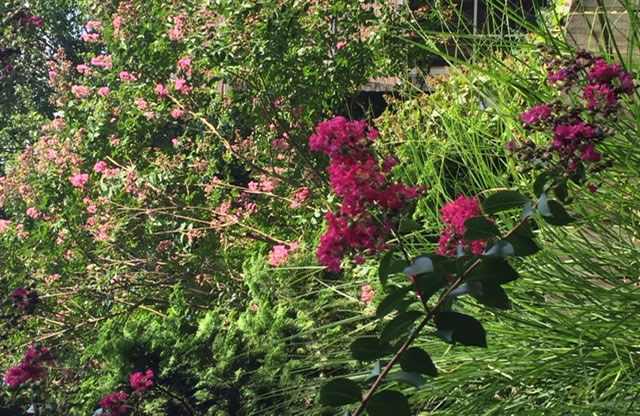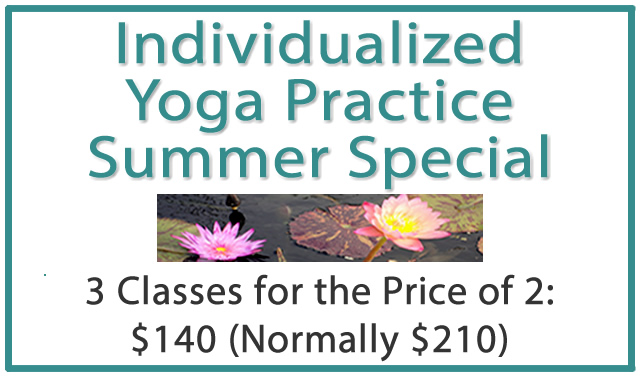
This week I had an awakening. As a friend reflected upon the slogan “one day at a time” and how important it was in her life, I realized how much stress and anxiety – what yoga calls duhkha or “suffering” – my calendar was causing me. Of course, it was not the calendar causing this, but rather my attachment to it.
I admit to loving my monthly planner, how it lays out each day in tidy 1.5 x 1.5 inch white boxes. And this habit of keeping a calendar to look ahead over a month has served me well in the past. It allowed me to plan, to reduce uncertainties, to be prepared, to control and order events and responsibilities in my life.
But my use of the calendar to assure my life in the future would be manageable has been making it unmanageable in the present, along with my propensity to add too much to too little time. My mind constantly visited the weeks ahead, reviewing what I needed to do and how I would manage to do it.
Yoga teaches that when we are unsettled, unhappy, or disgruntled, mental or emotional afflictions called klesas usually are at fault. Lack of awareness or knowledge, avidya, is the primary klesa. When avidya keeps us from seeing clearly, then we make choices that cause us pain or unhappiness. One of avidya‘s step-children is fear. My attachment to my calendar is a way to manage my fear of being unprepared or taken off guard, as a way of providing some certainty even while knowing intellectually there is no certainty.
Yoga gives us tools to help us see ourselves clearly and to keep klesas small by helping us move away from those things causing us suffering so we can reach a place of balance and peace of mind. The Yoga Sutra suggests that when we are caught up with a mental/emotional affliction, we should look at how we can move in the opposite direction, what is called pratipaksa bhavana. For example, we may be working on a project that challenges us and makes us fear whether we can succeed. A pratipaksa bhavana might be “courage.”
If my attachment to ruminating over the events on my monthly calendar causes me anxiety, I can cultivate the opposite by focusing on “one day at a time.” I can put the monthly calendar in my desk drawer, look at it periodically, and place a calendar showing only one day on my desk. I can focus on “one day at a time” in my yoga practice.
After all, this one day is really all that any of us have. Living each day in the here and now, paying attention to each dish I wash, each person I meet, each bird I listen to, each word I speak or write means I am present in my life – the only life I have. “One day at a time,” that is the way we find joy and peace of mind.


